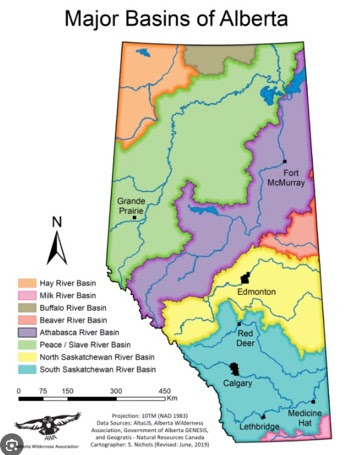Mysteries of the Royal Coachman
Twenty keen tiers spent the evening learning about a fly that has its origins back in 1878. The Royal Coachman was first tied by John Haily, a professional tier who was employed by Charles Orvis. The pattern is a variation of an older British pattern, the Coachman, which was tied by Tom Bosworth, a coachman to royalty. Once a wood duck tail and a red band of silk was added, the more durable fly was renamed by Charles Orvis to be called the Royal Coachman. The Royal Coachman is an attractor pattern that has stood the test of time. As Doug pointed out, " Sometimes tradition and prettiness will triumph over technology and entomology."
We certainly appreciate the preparation you put into this evening's tying session Doug! It was enjoyable. Your detailed notes will be a great reference in the future.
Just a reminder that there is no tying session on Family Day. Our next session is February 22nd when Don Andersen is our our guest tyer. Don maybe the dean of stillwater fishing in Central Alberta. This is an evening you should not miss. Just before Don starts his presentation: John Howard, from Howard's Hackle, will be at Annie L Gaetz with hackle to sell. If you have some specific needs, contact John and he will bring your order. He will have beginner packs, quality dry fly hackle and streamer packs. Check the link on our blog to see what he has available.
Finally, our trip to the Parkland Region of Manitoba is now full. It's going to be a fun educational trip!
Bob

Doug Pullen

The 'Gang" learning about the historical Royal Coachman.

Royal Coachman "wet"
Hooks: Wet fly hooks sizes 8-12
Thread: Black 8/0
Body: Peacock herl with red floss in the middle
Tail: Tippets from golden pheasant
Hackle: Throat-brown hackle barbs
Wing: White Mallard Wing

Royal Emerger (originator Vladimir Markov)
Hook: TMC 2487, Mustad 80250 or TMC 200R, sizes 10 to 14
Thread: Black 6/0 or 8/0
Tail: 4 to 6 Black Hen hackle fibers
Nymphal skin: Red Antron yarn, sparse
Nymphal Thorax: Peacock herl
Body of Dun: Red floss
Thorax of Dun: Peacock herl
Hackle: Coachman brown hackle
Wing: White hen hackle tips

Royal Wulff
Hook: dry fly, sizes 2 to 20
Thread: White then black to finish off the head
Tail: Deer hair
Body: Peacock, red floss and peacock in equal sections
Wings Calf body or tail hair
Hackle: Brown
Head: Black thread









No comments:
Post a Comment